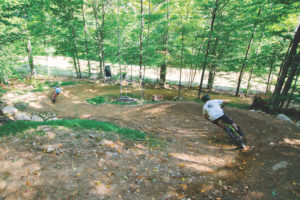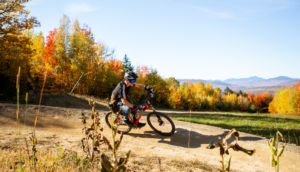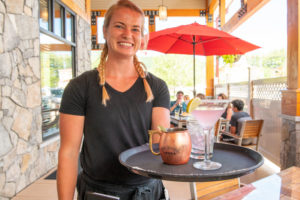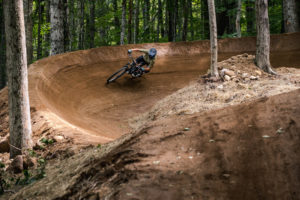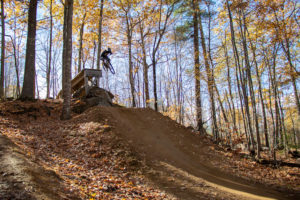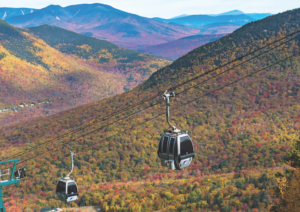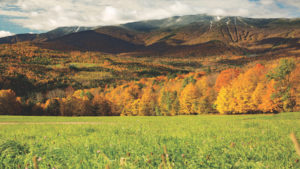
Thirty years ago, shortly after my future wife and I discovered the joys of off-road pedaling, we were invited to join a few friends at Killington in Vermont for a little fat-tire adventure. These were the early, heady days of lift-service riding, when many ski areas first envisioned the mountain bike as the perfect vehicle to keep resorts busy through the summer and fall.
They also were heady times for Lauri and I, a fledgling couple, young and energetic, in our physical primes. So, naturally, we eschewed the mechanized chairlifts and proclaimed that any mountain biker worth their salt would opt to pedal up the hill under their own power to “earn” their downhill thrills. Our bikes — a sweet gloss black and neon pink Trek 970 Singletrack for me, and an apple red Trek 870 Antelope for Lauri — were considered top notch back in the day, even though they lacked suspension and tipped the scales at over 30 pounds each.
What a difference three decades can make. Though my wife may be even stronger now then she was in 1990, my body has paid dearly for my longtime sporting addiction. Years and years of old-man hockey, soccer and basketball have taken their toll, and I’ve got new titanium body parts and the extra weight to prove it. Pedaling up hills no longer has the same attraction.
Plus, over the past 30 years, mountain bikes have undergone a sea change. They now offer full suspension with minimal weight penalty, burly “point and shoot” rigs that float over obstacles. Resort mountain biking has changed as well. Back in the day, trails were primarily hand built, incorporating natural elements — roots, rocks, pitch — and fire roads to create routes. Today, machine-built trails literally change the landscape, as trailbuilders can sculpt Mother Nature to their vision, resulting in dedicated fat-tire tracks that swoop and swerve down the slope. The best builders still employ the technical features the hill provides, but the goal is still all about the flow.
